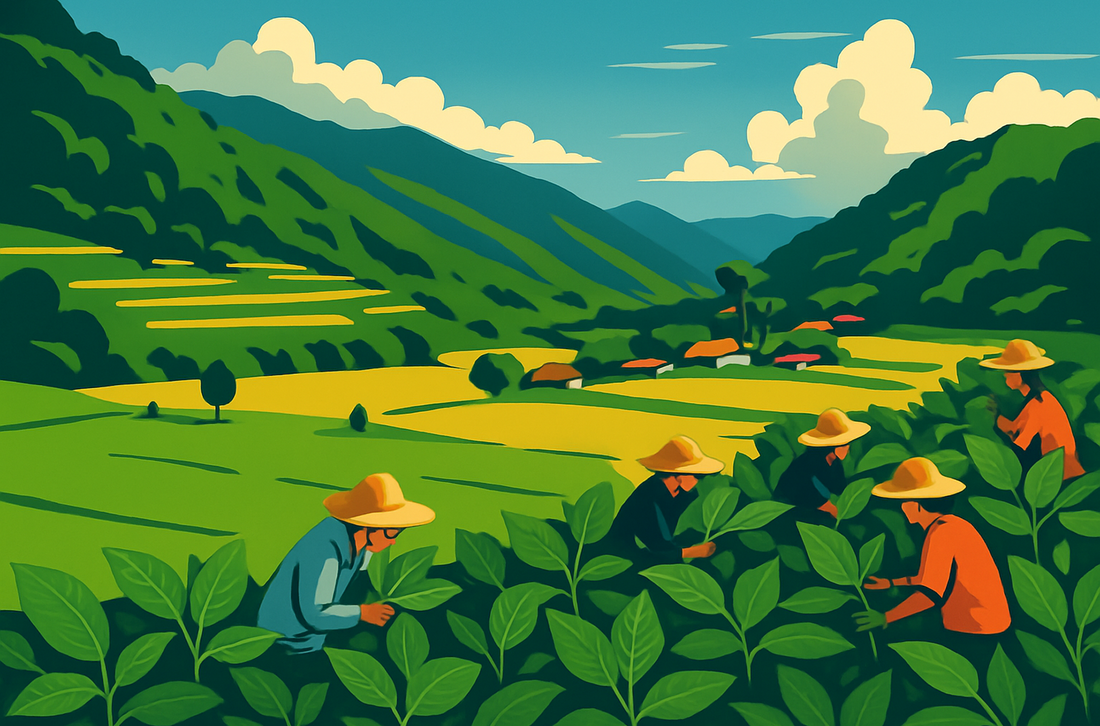The History and Cultural Significance of Kratom in Southeast Asia
06/20/2025 | reading time: 2 Min. WRITTEN BY: Natalia De Melo
Long before Kratom made its way into modern wellness routines in the West, it played a meaningful role in daily life across Southeast Asia. Countries like Thailand, Indonesia, and Malaysia have a deep cultural relationship with this plant—one rooted in tradition, community, and everyday resilience.
At BETT, we’re proud to offer a modern take on Kratom through our gummy lineup—but we also think it’s important to honor where it all started.
Where Kratom Comes From
Kratom (Mitragyna speciosa) is a tropical tree native to the lush, humid regions of Southeast Asia. Its leaves have been harvested for generations by farmers, laborers, and herbalists who understood their natural benefits long before the term “adaptogen” ever hit Western shelves.
You’ll find the strongest historical roots of Kratom use in:
-
Thailand
-
Indonesia
-
Malaysia
-
Myanmar
A Working-Class Herbal Ally
In rural farming communities, Kratom was traditionally chewed or brewed as a tea to help people get through long hours of physical labor in the sun. It wasn’t a recreational drug—it was part of the rhythm of life.
-
Red Vein leaves were often used at the end of the day for calming the body after a hard shift.
-
White and Green Vein leaves were used in the morning to promote energy and focus without a crash.
Many still pass down Kratom knowledge through family traditions—not from books, but from lived experience.
Kratom in Spiritual and Social Traditions
In some regions, Kratom has also been used in ceremonial or healing contexts. Elders and shamans might use it to ease discomfort, prepare for prayer, or find mental clarity during meditation.
While these uses weren’t widespread across all of Southeast Asia, they reflect the plant’s versatility and spiritual weight in certain communities.
Legal Shifts Over Time
Ironically, while Kratom had long been part of village life, colonial and later government policies cracked down on it in the 20th century—particularly in Thailand. This was often due to political shifts, economic pressure from pharmaceutical interests, or fears of misuse.
Fast forward to today, and the story is changing. Countries like Thailand have reversed long-standing bans, acknowledging Kratom’s cultural and medicinal value—and even allowing local entrepreneurs to sell it again.
A Modern Take, With Deep Roots
At BETT, we didn’t invent Kratom—we just made it easier to enjoy. Our Kratom gummies bring a modern, portable, and consistent approach to this ancient leaf.
We offer:
-
Red Vein Gummies for calm and relaxation
-
Green Vein Gummies for balance and clarity
-
White Vein Gummies for natural energy and focus
No powders. No steeping. Just clean, plant-powered benefits—delivered with respect for where it all began.
Final Thoughts
Kratom isn’t just a supplement—it’s a story. A story of farmers, families, and centuries of tradition in Southeast Asia. At BETT, we’re here to keep that story going—with transparency, quality, and care.





